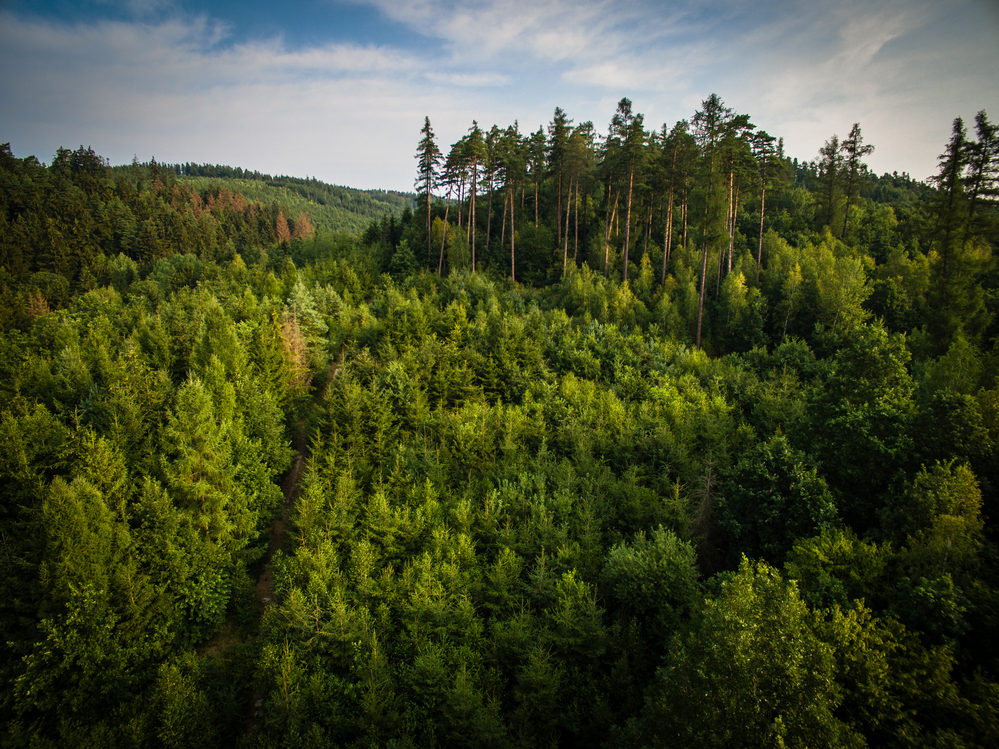Since the onset of the Russian invasion of Ukraine on February 24, 2022, the country's forested regions, notably between Kharkiv and Luhansk, along the Dnipro River delta, and within the Chornobyl Exclusion Zone, have been significantly affected. A Scientific Reports article highlights how military engagements have led to notable forest cover damage, with the area between Kharkiv and Luhansk witnessing a 9.3% loss, the Dnipro delta area experiencing a 15.7% reduction, and the Chornobyl zone seeing a 5% decline in 2022 alone.
The study utilized advanced Sentinel satellite imagery to analyze these changes, revealing an alarming increase in non-stand replacing disturbances, such as low severity fires and other non-fire damages. It points to the war's exacerbation of fire hazards, with the Dnipro delta region projected to face the most significant risks in the coming decades.
Pre-war forest management practices, characterized by an over-reliance on even-aged Scots pine monocultures and insufficient fire mitigation strategies, have been identified as key factors contributing to the current predicament. The researchers propose a shift towards more ecologically diverse forest compositions and the adoption of proactive fire management policies to enhance resilience against future disturbances.
The study calls for immediate action in revising forest management approaches to address the heightened fire risks and the extensive war-related forest cover disturbances. By integrating modern remote sensing techniques and prioritizing ecological sustainability, Ukraine can better protect its forests in the post-war recovery phase, ensuring their long-term health and resilience.
